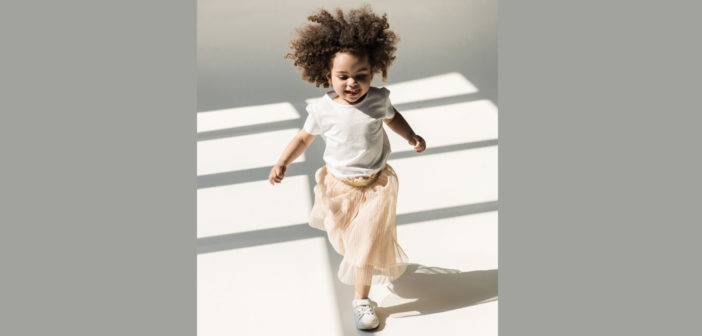One of the most common pediatric complaints is flat feet. Children’s feet go through a normal pronated (flat) developmental phase. The condition becomes a problem if the child complains of pain or has symptoms elsewhere that are related to the feet. Often, a custom orthotic (arch support) is needed to relieve the symptoms. Physical therapy can also help stretch, strengthen and achieve better range of motion of the ankle and foot joints. Severe cases that do not respond to custom orthotics, physical therapy and other conservative care may require surgery.
Another common complaint with children is ingrown toenails. The condition can be a result of improper nail-cutting, toenail injury or trauma during sporting activity. However, ingrown nails may occur without reason. Soaking can help relieve some of the symptoms but most ingrown nails will eventually require excision. Oral or topical antibiotics may initially help the infection, but once they are stopped, the infection usually returns. Removing an ingrown nail is a simple in-office procedure – it takes about ten minutes and has a 95% success rate.
A relatively common condition in children is an in-toed or “pigeon-toed” gate. In-toed gate is not normal and should be treated aggressively. The most common cause is the “W” sitting position that kids often find comfortable while playing video games or watching TV. In this position, the child sits on their bottom with both legs bent back and turned out away from their body. The W sit puts an internal force on the hip joint causing the entire extremity to internally rotate; this causes an in-toed gait. Preventing kids from sitting in this position usually corrects the problem. Other causes may include structural bone deformities, which are best treated by wearing a brace during sleep before the child starts walking. It is difficult to treat structural problems once the child begins to walk due to compliance with wearing the brace. Observation of in-toed gate should be treated aggressively because the results are better the sooner treatment is initiated.
As kids continue to develop, their feet require different techniques of care. Here are a few ways in which you can help your child’s feet stay healthy.
Maintaining good foot health in childhood is important in preventing conditions from happening later in life.
A baby needs a lot of care and attention overall, but the importance of their feet should never be forgotten. Before a baby turns one year old, their feet change and develop greatly. It is important that during this time, parents avoid putting tight socks on their child. They should also encourage movement of the baby’s feet so the baby can begin to feel more comfortable using them.
As a baby enters the toddler years of life, they are beginning to walk around. When they take those first steps, it is crucial that they are wearing protective shoes. As a parent who is observant of your child’s feet, you may notice changes in them. This is completely normal, as the feet are becoming susceptible to the activity of walking. It is normal for a toddler to be a bit unsteady or to “walk funny” at first.
Being a parent involves caring for your child in every way you can. You make sure they are eating the right food, being nice to others and staying out of any trouble. However, it is also important that you are watchful of their health – more specifically, their foot health. Maintaining good foot health in childhood is important in preventing conditions from happening later in life.














